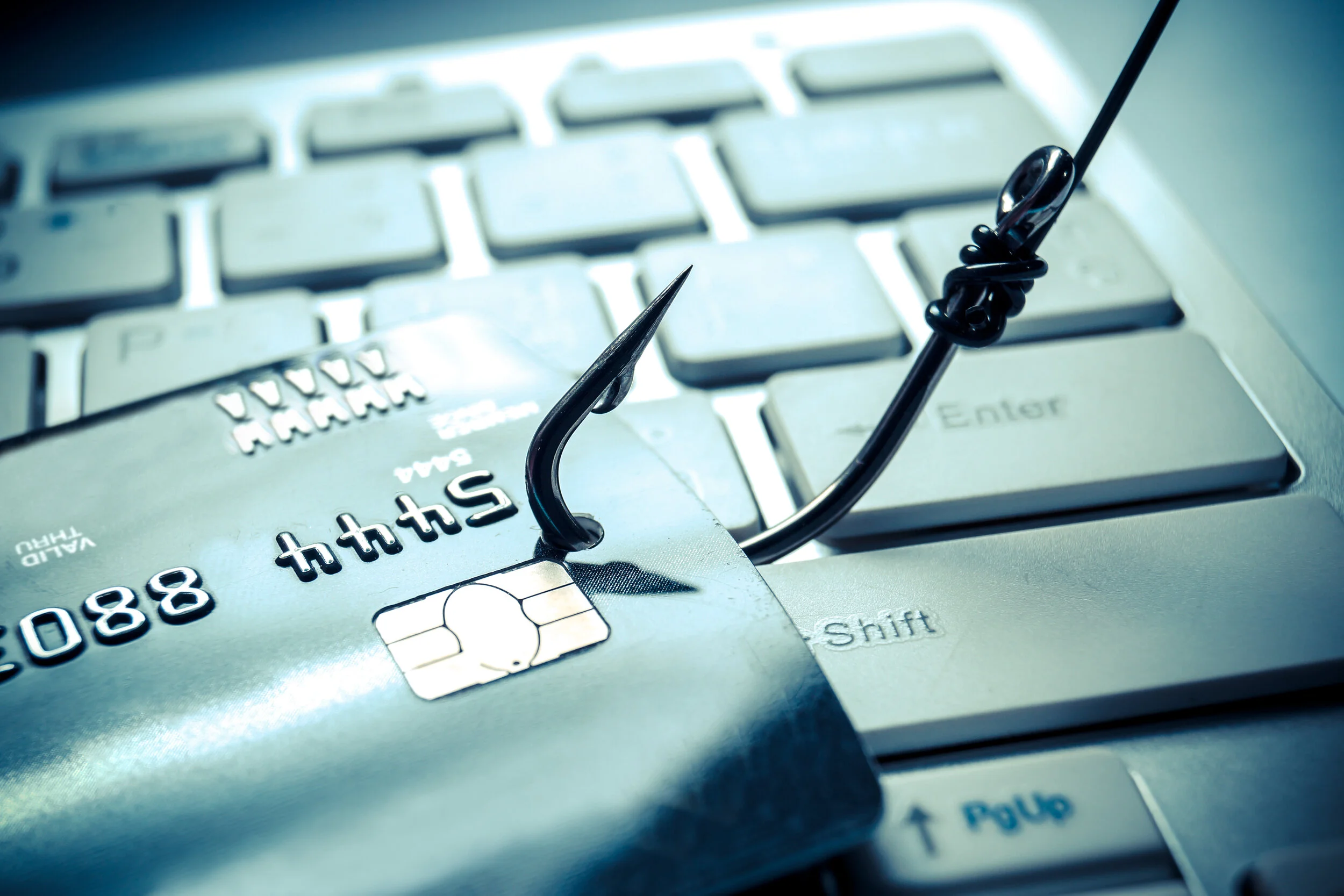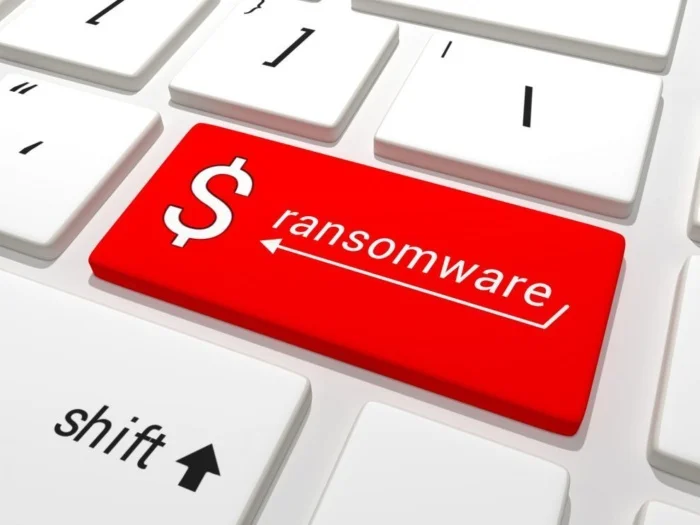How To Mark Outlook Email As Not Junk
Stop good emails from going to Junk in Outlook
OPTION I
Mark Email as Not Junk in Outlook
To ensure they are put in your Inbox:
STEP 1
Click on your Junk Email folder.
Then right-click the message labeled as Junk
Select Junk >> Not Junk from the context menu.
STEP 2
The Mark as Not Junk box comes up.
Check Always Trust email From user@email.com.
Click OK
The message will be moved to your Inbox and won’t be blocked as Junk again.
OPTION II
Add Contacts in Outlook to Safe Senders List
STEP 1
Open Outlook and click the Home tab. Then click the Junk button and select Junk E-mail Options.
STEP 2
Junk E-mail Options comes up.
Click the Safe Senders tab
The Add button
Type in the trusted domain or email address
and click OK.
The BYOD Workplace
BYOD Workplace
In today’s always-connected world, the time-honored separation of work and personal time is quickly disappearing. Mobile devices such as laptops, netbooks, tablets, and smartphones have fundamentally changed how all of us live and work. With work no longer confined to a physical office space, or limited to traditional business hours, we’ve created an increasingly mobile and dispersed workforce capable of working anywhere at anytime. 3 out of 5 workers today no longer believe an office presence is necessary for a productive day’s work.
Transferring IT hardware and equipment expenses to employees can save SMBs significant money. A study conducted by Cisco’s Internet Business Solutions projected that U.S. companies utilizing BYOD can save up to $3,150 per employee each year.
With some SMBs it’s no longer a question of what devices employees use and when they use them. Rather, businesses are looking at how to leverage the latest technologies so that employees can be more productive and efficient, even when they aren’t in the office. With this change in attitude comes new challenges: Both business and IT leaders will face new questions about security, productivity, infrastructure, and staff training.
According to Gartner analysts, more than half of organizations today already allow their employees to use third-party devices for work. While 80% of companies surveyed by Dell trust their employees in terms of device security, just 2% trust them completely.
A Managed IT Service Provider can provide a Mobile Device Management (MDM) Solution. The MDM solutions are a cost-effective means to ensure that any mobile device accessing their network is identified, controlled, and monitored.
This method of centralized management makes it easy to configure devices for enterprise access, stipulates password policy and encryption settings, locates and remotely clears and locks any lost or stolen device, automates security updates, and proactively identifies and resolves device or app issues.
Value of Managed IT Services for SMBs
Benefits of Managed IT Services
In today’s business environment a challenge of SMBs is to maintain and implement Information Technology solutions, both the budgetary and service level while leverage technology to improve productivity and enhance the way they do business.
With IT complexity, maintaining backups, patches, updates, and security, and minimizing business disruptions a SMB can become overwhelmed and if these important tasked are ignored, it could lead to lost of revenue or worse.
Here’s a look at a few ways Managed IT Services provides benefits to organizations:
Managed Services provides a predictable monthly cost, so no matter the level of support needed each month the budget remains the same, the predictable budget eliminates unanticipated labor costs, and maintains the budget.
SMBs need flexibility to scale with the growth of the business whether you are adding employees or scaling back employees the Managed IT services monthly budget is flexible to change with your business IT requirements ensuring you are never over paying for the services needed.
As a SMB, having a trusted technology partner providing full service technology and support needs from VOIP systems, Website, Network Infrastructure, Back Office Systems, POS (Point of Sale), Network Security and Help Desk Support eliminates the costly business mistakes of implementing to much technology or not enough.
Bottom line, SMBs realize lower Total Cost of Ownership and higher Return on Investment by outsourcing IT services to a Managed Service Provider and enables you to focus on growing your business.
Password Security
Password Security
When it comes to security, the concern we should have is passwords. Whether you are a bank customer or business owner, your password is the key that can unlock valuable information about you and your personal/business assets. This information can be obtained and taken by malicious individuals who want to cause harm.
Passwords are one of the most important components and must be kept safe from hackers. These passwords are very easy to hack because we tend to reuse the same password for different sites or services. Once a password or password file has been compromised this information can be used to further harm you and your business/personal assets.
This article will provide you with some tips and tricks on how to keep your passwords secure and prevent any potential harm.
First thing when it comes to making your password stronger is not to use the same password across all services. This is a very bad practice and can result in you losing access to most of your banking information or your personal accounts. When it comes to passwords, we tend to keep them short, simple and easy for us because we are afraid of being hacked. This will make it much easier for hackers to hack into our system and steal sensitive information from us.
You might be worried that using a strong password is an inconvenience and might take away your time. The truth is, the most important thing to remember is that passwords are one of the first lines of defense between you and potential hackers. Just like your lock on the front door, it can stop a lot of unauthorized people from entering your house!
Password strength should never be compromised for convenience.
U.S. Small Business Administration recommends the following best practices, For education and cyber-prevention
Establish security practices and policies to protect sensitive information
Educate employees about cyberthreats and hold them accountable
Require employees to use strong passwords and to change them often
Employ best practices on payment cards
Make backup copies of important business data and information
Create a mobile device action plan
Protect all pages on your public-facing websites, not just the checkout and sign-up pages
The survey also found:
65 percent of business owners admit they have been victim of a cyberattack; computer virus attacks are the top type of attack reported at 33 percent, phishing is number two at 29 percent.
86 percent of business owners believe that digital risk will continue to grow.
30 percent of companies with 11-50 employees do not provide any type of formal training on cybersecurity.
Despite the simplicity of regularly updating software, seven percent of companies still fail to take that step.
Reputational risk is among the top reasons (45 percent) why business owners would consider investing in or purchasing a cybersecurity policy.
35 percent of business owners who have never experienced a cyberattack are unaware of the financial cost to recover, highlighting a dangerous gap in knowledge from the implications.
Website Browsing Best Practices for Employees
As for Web-based exploits, Internet websites are now the most commonly-used angles of attack, most often targeting software vulnerabilities or using exploits on the receiving client. This makes keeping up-to-date browsers paramount for all employees.
Website Browsing Best Practices for Employees
• Be conservative with online downloads.
• Beware antivirus scams.
• Interact only with well-known, reputable websites.
• Confirm each site is the genuine site and not a fraudulent site.
• Determine if the site utilizes SSL (Secure Sockets Layer}
SSL is a security technology for establishing encrypted links between Web servers and browsers.
• Don’t click links in emails—go to sites directly.
• Use social media best practices.









